Editor’s note: In the Spring 2024 “Life Without Limits” issue of Showstopper Magazine, we reached out to seven people who showcased what it means to live “without limits” and found ways to break physical, creative, and social boundaries that stood in the way of their love of dance. Portions of these interviews appear in print, but we wanted to share their full stories with you here.
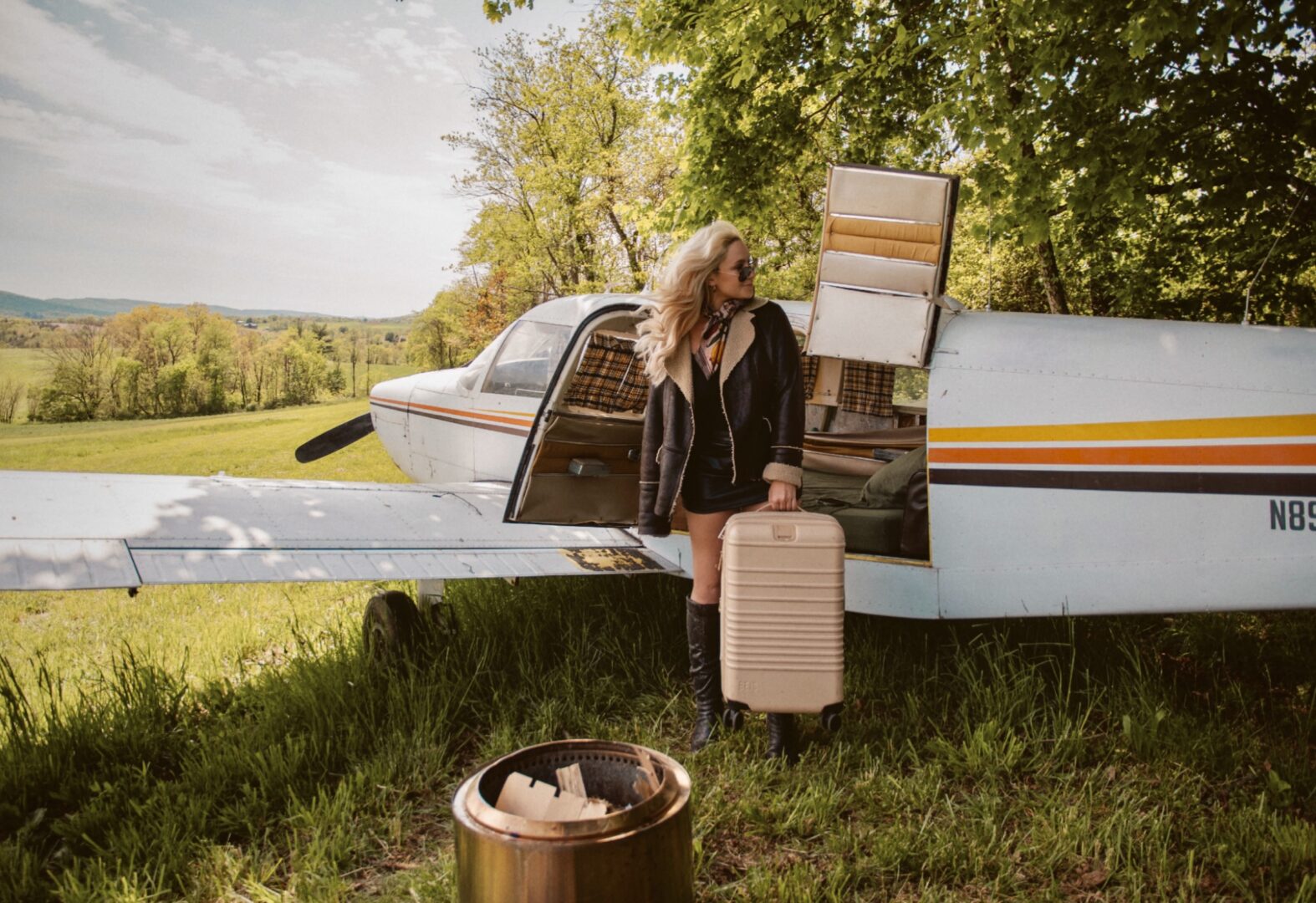
Showstopper Magazine: What does it mean to you to “live without limits”?
Holly Childs: We all face obstacles in life and, while they can vary in degree, they all have the possibility of limiting the type of life we live. Living life without limits isn’t ignoring the obstacles we face. It’s creating a life that brings us joy despite our limitations. It’s getting creative in the face of adversity and, instead of being stifled by our limits, being inspired by them to find another route.
Showstopper Magazine: You spent two years of your life without a true home base, traveling first the United States and then the world one month at a time. What inspired your “nomad life” and how did you make it happen?
Holly: Like so many others, life as I knew it shifted immeasurably during the pandemic. When the world slowed down, and I faced many life changes, I suddenly found myself with something I hadn’t had in years… Time alone. A lot of it. I began reading books on psychology, philosophy, and self-transformation. I started journaling. I went to therapy. And what I realized is, after 27 years, I didn’t really know myself. It’s easy to live life with blinders on, guided by the expectations ingrained in us by our peers, social media, movies, etc., but in doing so, we lose our authentic selves. We lose sight of what brings us authentic joy. I’ve loved to travel since the first time I studied abroad in Florence, Italy, but I had built a life for myself that didn’t give me the flexibility to do so. Faced with that realization, I decided to change that.
I started small—a solo camping trip here, a staycation there, a lot of solo reading dates. And, when I decided I was ready, I took my first solo road trip. It was three weeks long, and it shocked everyone around me. Their hesitation became my motivation, and whatever fears I had were replaced with motivation to prove them wrong (healthy? I don’t know). Those three weeks changed my life, and soon I was planning another road trip, one that was a bit more… indefinite. Luckily, being able to work on Showstopper Magazine remotely and having other remote freelance work allowed me to support myself while traveling. I sold a lot of the things I owned, moved the rest into storage, packed up my little Mini Cooper, and set off for my first stop.
For most of my US travels, I rented AirBnBs at the discounted monthly rate. Depending where I stayed, this was usually a little more or a little less than my rent at home. It was a great experience and I got to stay in some amazing places (a horse farm in Arizona, a cozy town in Oregon, and even a refurbished chicken coop overlooking the Puget Sound). In between my monthly stays, I would stay anywhere from hotels, AirBnBs, B&Bs, to even one night, sleeping in my car on a beach.
For the rest of the world, I decided I needed to get a little more creative (and less expensive). I lived in Italy for nearly three months with a program called WorkAway, where I dedicated 4-5 hours a day to helping renovate an Italian villa, and the other part of my day doing my actual work. In exchange, I got a free place to stay, as well as groceries and meals. In England, I used TrustedHouseSitters and dog-sat for a month in exchange for a house and a car. I did a group trip throughout Europe for 35 days where I visited 12 countries, stayed in hostels, met some of the most amazing people, and finally took a break from planning every day. In Egypt, I was a photographer on a month-long women’s retreat and got room, board, and excursions for free in exchange for my photos.
I found ways to live the lifestyle I wanted and got creative when I couldn’t. But I do want to be transparent—it was definitely still expensive. Most of the places I stayed didn’t have the best kitchens, so a lot of to-go sushi and Thai food was eaten. The desire to see all the things and do all the things definitely added up. The wear and tear on my car and gas was not cheap. It was difficult always finding a balance between wanting to do all the things and not burning out financially, but I knew this is what I needed for the next step of my journey.
Showstopper Magazine: What is the hardest part of always moving on to the next place? What is the best part?
Holly: The best part of moving to a different place each month was the excitement of getting to experience somewhere entirely new. The short timeline also gave me motivation to make each day count and see each day as an opportunity for adventure. This was also the most challenging part. Having such a finite time in each place, I felt I was wasting a day if I didn’t go see or do something new. It took a while for me to find a balance and realize that I couldn’t treat every day like I was on vacation, it was now my life. I was juggling full-time remote work, my drive for adventure, and the mental toll of living and traveling alone… So I had to learn to give myself grace and tell myself it was okay if all I wanted to do that night was order food and read a book in my free time.
Read more: Meet the rest of our “Life Without Limits” features.
Showstopper Magazine: How did traveling to a new state each month prepare you for traveling internationally? What was different when you left the US?
Holly: It’s funny because I was such a Europhile in my early and mid-20s that the thought of road-tripping across America hadn’t really crossed my mind until I had to adjust my plans after the pandemic (I originally planned to start with Europe). But I don’t know if I’d have been able to make it as long as I did abroad without the experience of traveling the US first. It allowed me to adjust to some of the challenges of traveling alone without the added weight of time differences, language barriers, shifting currencies, and learning cultural norms.
Traveling in America definitely came with its challenges, though, too. A few examples: having to drive 36 hours straight to outrun tornadoes, my luggage bag shredding and scattering my clothes across California, off-roading in my Mini Cooper to find a gas station during a freak snowstorm in Nevada… But facing those challenges in a place that felt somewhat familiar, even if I hadn’t been to that specific state before, felt somewhat manageable and pushed me to work through a lot of ingrained fears before I threw myself fully into the unknown.
Having that baseline resilience was invaluable when I shifted my travels abroad. With newfound courage and a “c’est la vie” attitude, I was able to put my energy towards adjusting to the culture differences, rather than worrying about unexpected inconveniences. I had been abroad a few times before I moved there, but even so it was definitely an adjustment, especially as I’d already been traveling solo for a year and a half. Things as seemingly small as driving on the other side of the car (and road!), not being able to find products I was used to in grocery stores, and having to find WiFi to get reliable directions challenged me in ways I didn’t expect. And, to be honest, made me a bit homesick for the conveniences I’d been accustomed to. But it was all so worth it!
Showstopper Magazine: You also documented all of this on Instagram. What is it like looking back on those pictures and videos?
Holly: I don’t know if I should be embarrassed to say this, but I look back on those memories a few times a week. It was the most freeing and eye-opening time of my life and I will never take a second of those moments for granted. I heard from so many family, friends, and even people I hadn’t talked to in years, saying they wish they could do what I was doing. Their support really kept me going on the days where I was tempted to move back to New York and have a home base again. It also motivated me to share some of the ways I was able to travel—hoping to inspire others to begin seeing beyond their perceived limits. I also made it a goal while posting to be transparent about the challenges that came with my travels. I didn’t want to only post the highlight reel; that would have felt disingenuous. So things like a lost wallet, a fallen tree stranding me on the way to the airport, my feelings of loneliness and isolation… that was all put on the ‘Gram.
Some days I wish I documented my travels even more—in blogs or journal entries—so I could really re-live them when I’m nostalgic, and other days I wish I documented them less. It was difficult deciding how to balance being present and enjoying the moment vs. capturing it for posterity’s sake. Traveling alone, I put even more pressure on myself to capture it all, as most times I had no one to share the experiences with. Some days it felt like the idiom “if a tree falls in the forest, does it make a sound?” (If Holly’s riding a camel at the Great Pyramid, but didn’t take/share a picture, did it happen?). And of course it did; my experiences would not have been diminished in any way if I had never taken one picture. But there is beauty in sharing awe-inspiring moments with others, and sharing my travels on Instagram was the only way I knew how while traveling alone. I eventually learned what moments I wanted to be fully present in, sans devices, and I will forever be grateful for those disconnected moments, as well as the moments I captured. I’m thankful, too, because my years as a nomad resparked my passion for photography—now one of my greatest passions. And, bonus: I became a pro at using inanimate objects as makeshift tripods.
Showstopper Magazine: You traveled alone, but you met and spent time with so many new and old friends. What do those connections mean to you?
Holly: Traveling alone gave me a newfound appreciation (and tolerance) for solitude, but being so hyper-isolated, I became acutely aware of how important connections are. Many of the connections I made while traveling were fleeting—an hour conversation with an Englishman on a train in Colorado, befriending a server at a restaurant in Croatia who would save me a table each night in case I showed up, becoming an honorary family member of an AirBnB host in Italy who invited me to her Easter. It was difficult leaving places knowing I may never see them again, but it didn’t detract from my appreciation of those moments. Making connections, knowing they are likely temporary, helped me to be more in tune with who my authentic self is at her core. Those conversations allowed me to be unapologetically myself (and that was someone even I had to meet along the way).
I did get to visit with a few old friends along my travels, and for that I am forever grateful. While the fleeting connections sustained me for the most part, I missed having deeper connections with those who knew me before I started my adventures. A friend from high school, whom I hadn’t seen since, invited me to stay with her and her husband in their van in Mt. Hood, Oregon. We hiked together, cooked dinner to the songs of Etta James, and watched the sunset from the roof while reminiscing. It’s a moment I will forever cherish. I even met a few PNW girls around the campfire in Arizona who later became my close friends during my month in Oregon.
Near the end of my travels, I took a group trip through Europe (35 days, 45 people). I had booked it before I ever started my nomad life and, because of the pandemic, it kept getting delayed. I tend to trust the Universe’s decisions but I sometimes struggle with change beyond my control. I wholeheartedly believe the Universe had my back with this one, though. While learning to appreciate solitude had become what I considered my biggest achievement from my travels, I hadn’t realized how comfortable with isolation I had become. After being on my own for two years at this point, being ‘forced’ to be with a group nearly 24/7 for almost a month pushed me outside my limits even further. I thought I had stepped so far out of my comfort zone by traveling solo, but it turns out I had simply created a new one—one tethered in solitude. So while there were days during the group trip I found myself wanting to revert back to isolation and escape the group (okay there were times I wandered off…), embracing connection again after all I had learned was the greatest gift. I met people I consider forever friends: My kind-hearted roommate Mary—who I’ve already visited a few times in California, Rachel—a girl who matches my goofiness that I’ll be traveling to Japan with in the spring, and so many others.
Showstopper Magazine: What are the biggest lesson(s) you learned from that journey?
Holly: Oh man, this is a great question and one I’ve reflected on ever since. I still don’t believe I’m aware of all the lessons I’ve learned; I think my travels helped me grow in conscious and unconscious ways that will reveal themselves throughout my entire lifetime… but to name a few—
- Find joy in the little things: I consider myself so blessed to have seen so many incredible sights and do things some only dream of (Hiking in rainforests, taking a cruise on the Nile River, picnicking in front of the twinkling Eiffel Tower, riding a gondola in Venice and a vespa in Chianti…). I’ll forever be grateful for getting to experience those places and moments. But shockingly they aren’t the things I remember the most. I look back with the most fondness on the little things—like watching dragonflies flutter on a mountaintop at sunset, a bison brushing past my car in Yellowstone, singing karaoke for the first time with people I just met, seeing a new friend make her first-ever snowball. I still carry this mentality with me, and it has changed my view towards the things I experience in my everyday life. I fully perceive the little things as much as I can now. Joy isn’t only found in profound places, it’s found in the seemingly mundane, if only our eyes are open to see it.
- The best way to heal is embracing our inner child: Some of my favorite memories from my travels are doing things I loved doing as a kid, or, what I found even more important, doing things I wish I could have done or was fearful of doing as a kid. Early on in my travels, I was reading a book (something I used to love doing that I re-embraced on my travels), when I read a quote that said something like: “Time seems to move slower when we’re children, because each day we are constantly experiencing something new. When we get older, we rarely allow ourselves the luxury of adventure, and our perception of time speeds up.” I felt this to my core while on my travels. Getting to experience a new city/state/country each month, seeing something new almost every day, the years I traveled seem so much longer than they were. I felt like a child again, seeing the world for the first time, and in doing that, unveiled and healed parts of me that had been hidden by layers of protection created by expectations, societal beliefs, fears, and the hustle of everyday life. While I know most people can’t up and leave their life and travel as I did, there are so many ways to embrace our inner child. Some of my favorites that I did during my nomad years: Camping, reading, riding bikes, spending time with animals and in nature, treating myself to the dessert I want, sledding, dancing, singing, painting, climbing things I’m scared of, and, possibly my favorite, doing yoga with baby goats.
- A healthy life includes a balance of solitude and connection: Through my travels, I learned to deeply appreciate both solitude and connection, and how they go hand-in-hand for building a great life. I learned to love and appreciate my solitude, and spending time enjoying my own presence helped me get clarity on my values, my emotions, and simply what I like to do without external factors. But my time in solitude also taught me the importance of connection. Whether those connections were fleeting encounters as I moved from place to place, or strangers-turned-forever-friends, I valued them all. And I learned we can’t have a beautiful life without the presence of both solitude and connection.
- It’s okay to change your mind: After 2.5 years of travel, I moved back to my hometown, got an apartment, and only travel a few times a year now. I wouldn’t trade my years of travel for anything, but as I moved from place to place, lived out of a suitcase, missed people I met, missed people back home, and craved things I could only get at my local grocery store (s/o Wegmans), I realized I was craving consistency again. The very thing that drove me to travel in the first place became my biggest desire. It was hard to change my mind—travel became part of my personality and it’s still the only thing that comes up in small talk with people I haven’t seen in a while. But I felt like in moving back home, I would be disappointing people. Disappointing myself. But I had to listen to my body, my mind, and give myself grace to change my mind. I may travel perpetually again someday (who am I kidding, I will), but right now I’m loving being around friends, going to my favorite coffee shop, taking my dog on walks, and, occasionally, scrolling through the travel memories I gave myself during those few years.
One of my favorite quotes helped me push through and make the decision to move back, leaving (most) of my guilt behind. “Why do you go away? So that you can come back. So that you can see the place you came from with new eyes and extra colors. And the people there see you differently, too. Coming back to where you started is not the same as never leaving.”
Showstopper Magazine: What advice would you give to someone trying to overcome their limits or break barriers?
Holly: I think the first step to overcoming your limits or breaking barriers is to truly get to know yourself. When you’ve spent so long living in the confines of societal expectations or ingrained beliefs about yourself, you can’t expect to know exactly what you need to do to live beyond those limitations. Whether it’s through journaling, spending time alone, or reading (my fav for this is Brianna Wiest!), it’s important to reflect on what you value and what brings you joy before making any decisions.
The next step, I’d say, would be to start making small moves to give yourself the space, time, or flexibility to do those things. It can be tempting to want to jump right in and to (even metaphorically) pack up your car and not look back, but even I started with little shifts before taking a big leap. Think big, start small. Before I ever got the idea to become a nomad for 2.5 years, I spent a night by myself at a hotel an hour away from home. A few months after that, I took a one-night solo camping trip a few hours away from home. A month later, I did a 3-week solo road trip. It wasn’t until the following year that I made the big leap into nomad life. It can’t happen all at once; be proud of the progress you are making as you move towards the life you want.
Something else that’s important—take the nay-sayers with a grain of salt. In other words, listen to those around you, but don’t take it all to heart. When people are used to living within their limits, they want to see others do the same. It isn’t that they want to hold you back, it’s just that they don’t know any other way of life. When you decide to live life outside your limits, to try something new, to seek the joy you deserve, it will seem strange to people. Don’t let it stop you.
And lastly, I’d say get creative. It won’t all work out! That’s the beauty (and pain) of life sometimes. When you hit a roadblock, find a detour. This is why it all comes back to knowing yourself. When you know who you are at your core, you can always find another route to reach the life you want to lead.
Keep up with Holly: @hollyachilds
Want more limitless content? Get your copy of Showstopper Magazine!
Read More “Life Without Limits” Stories
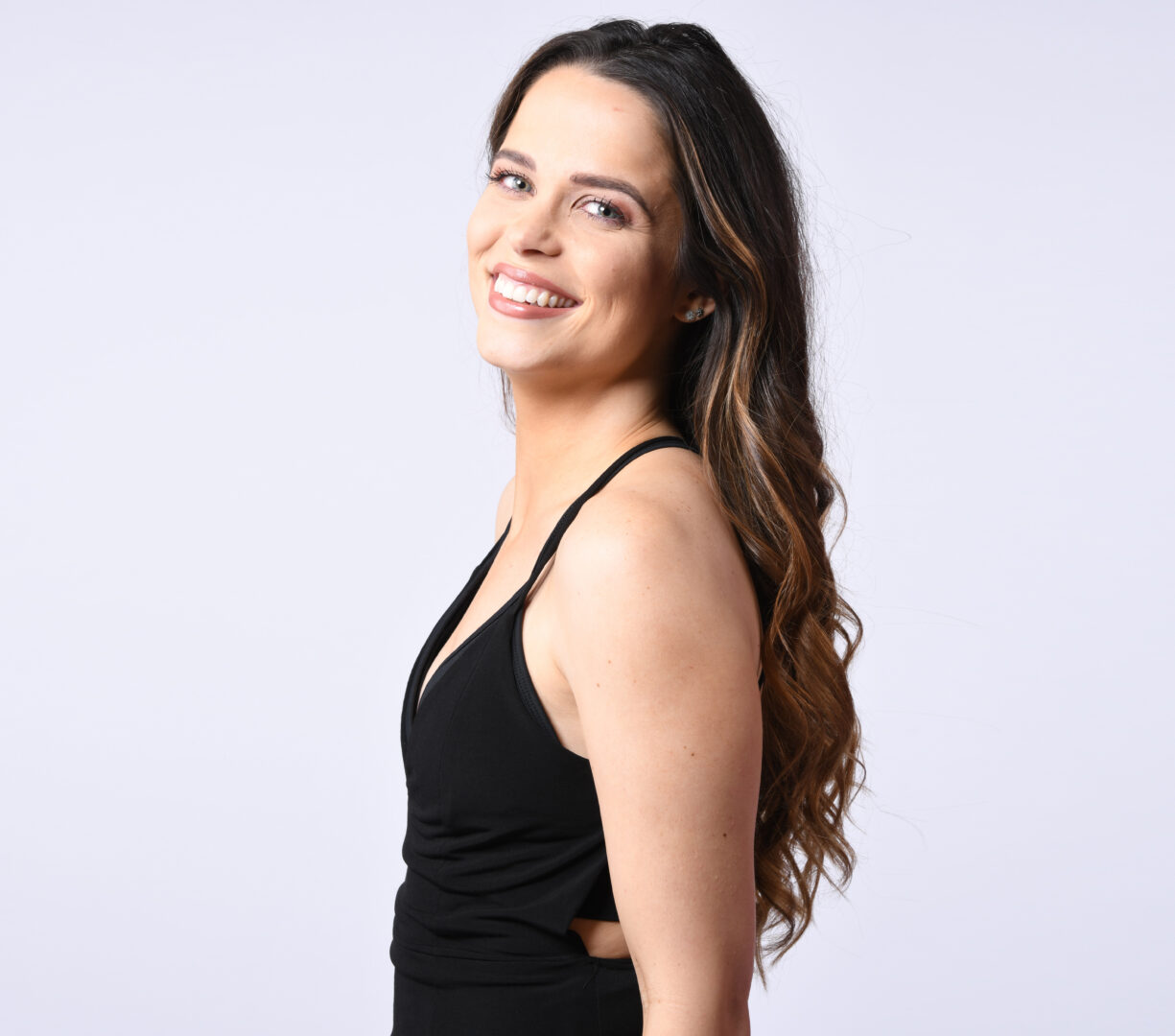
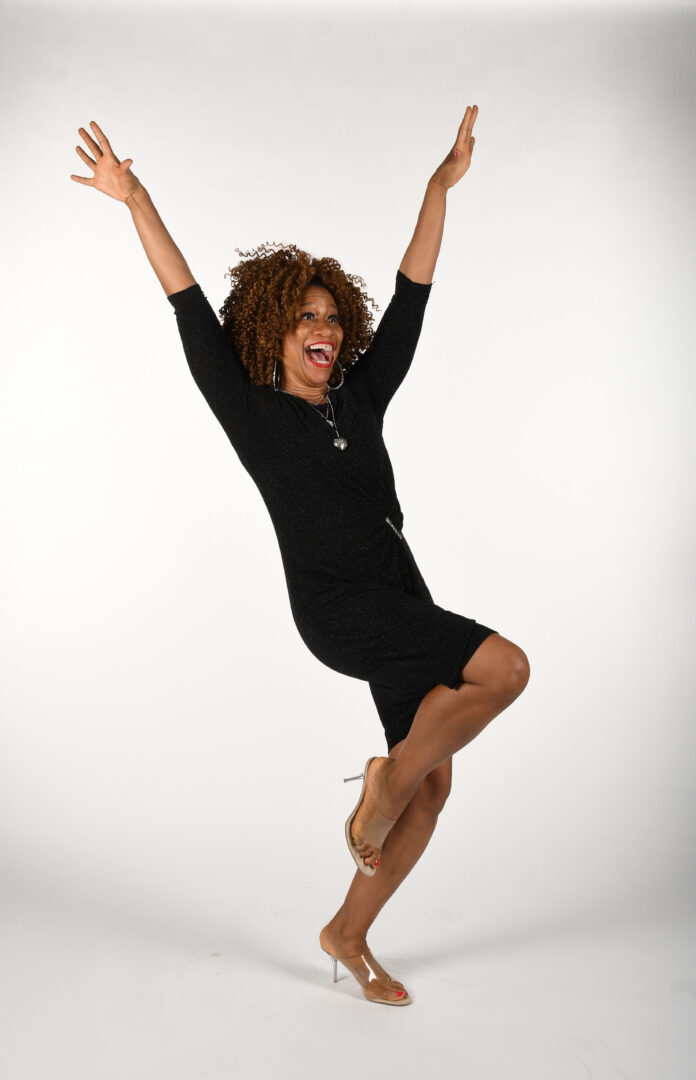

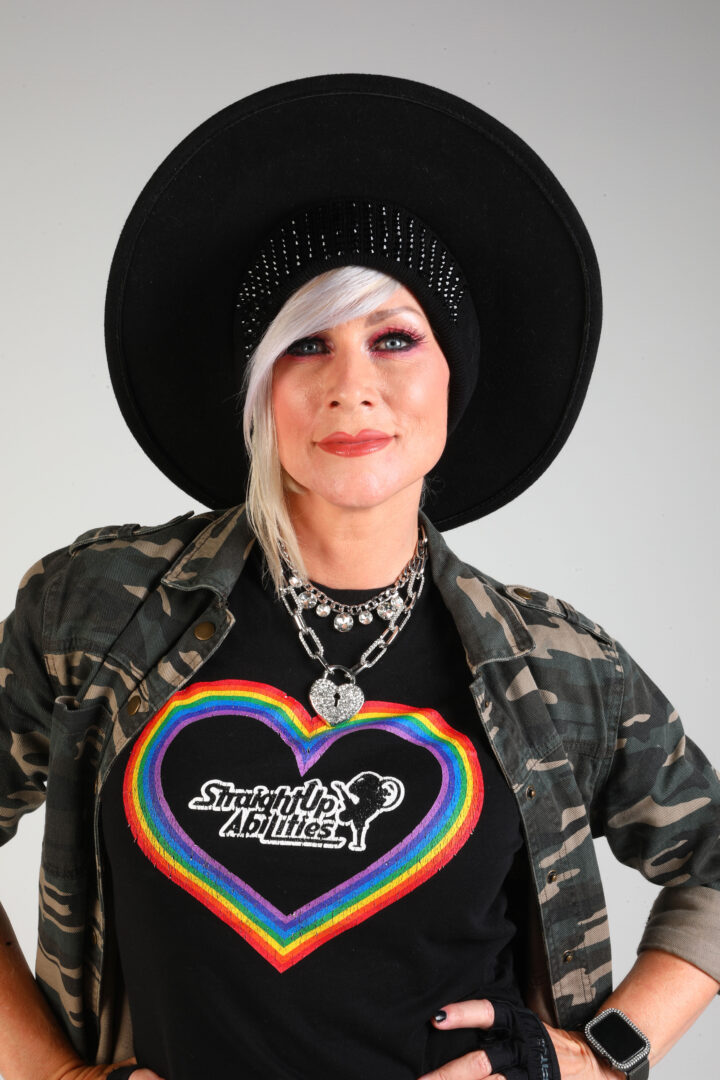
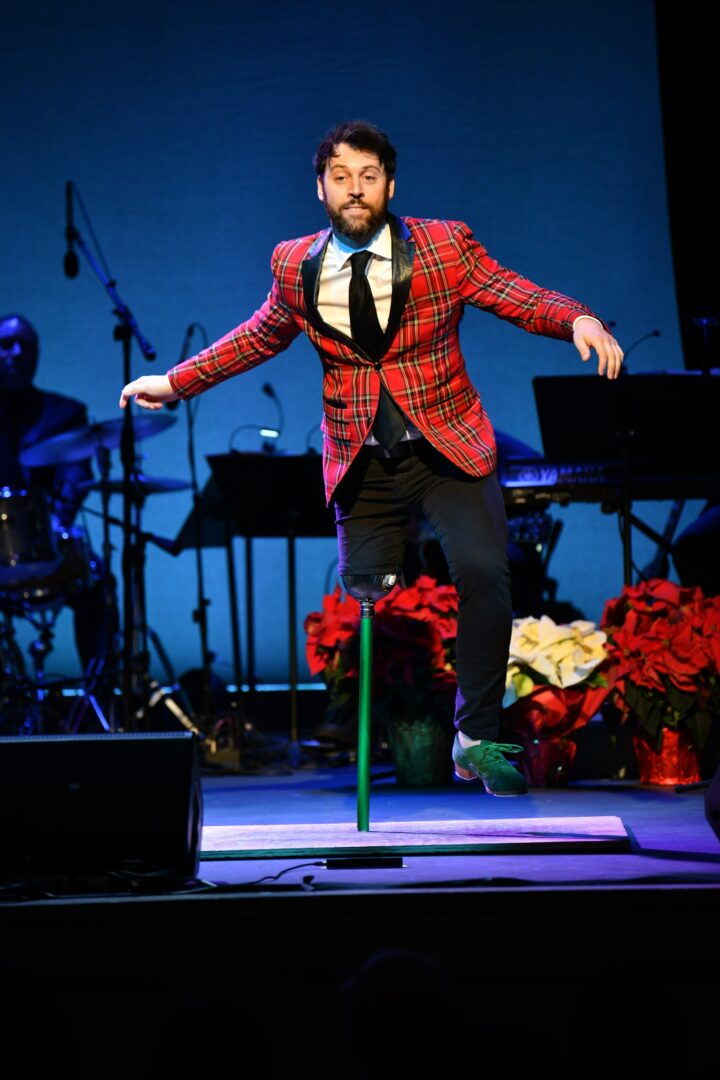
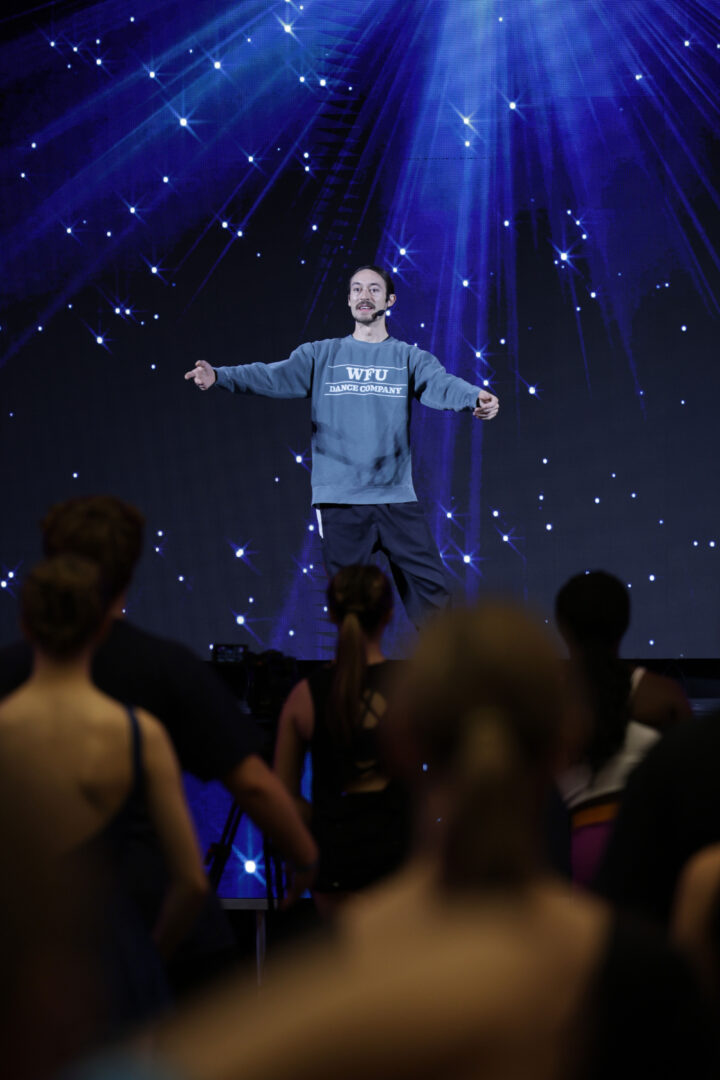












![[COVER STORY] Olivia Rodrigo: Fearlessly Inspired](https://showstopper.vip/wp-content/uploads/2022/12/OliviaCoverSMO-218x150.jpg)
